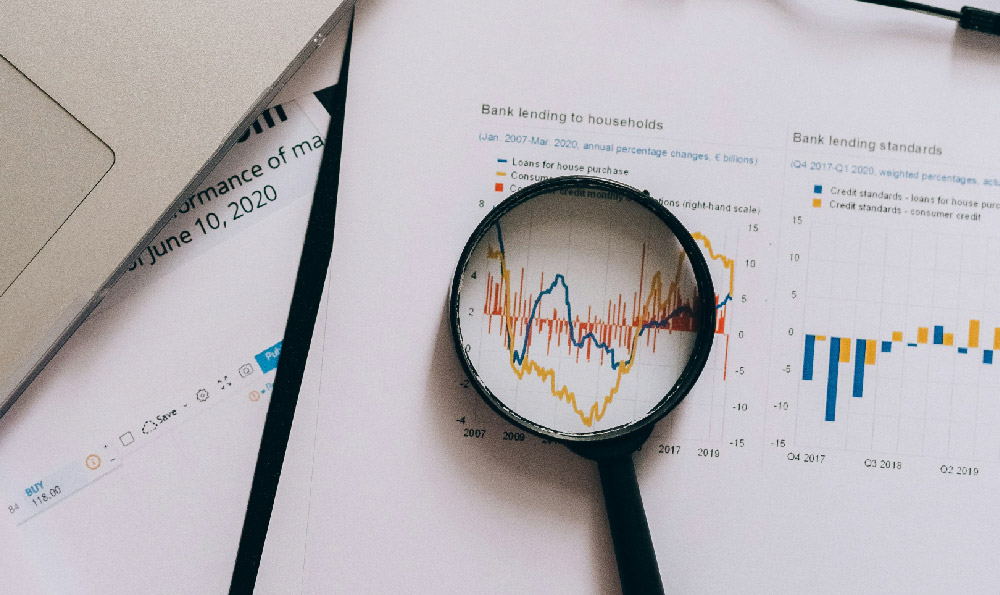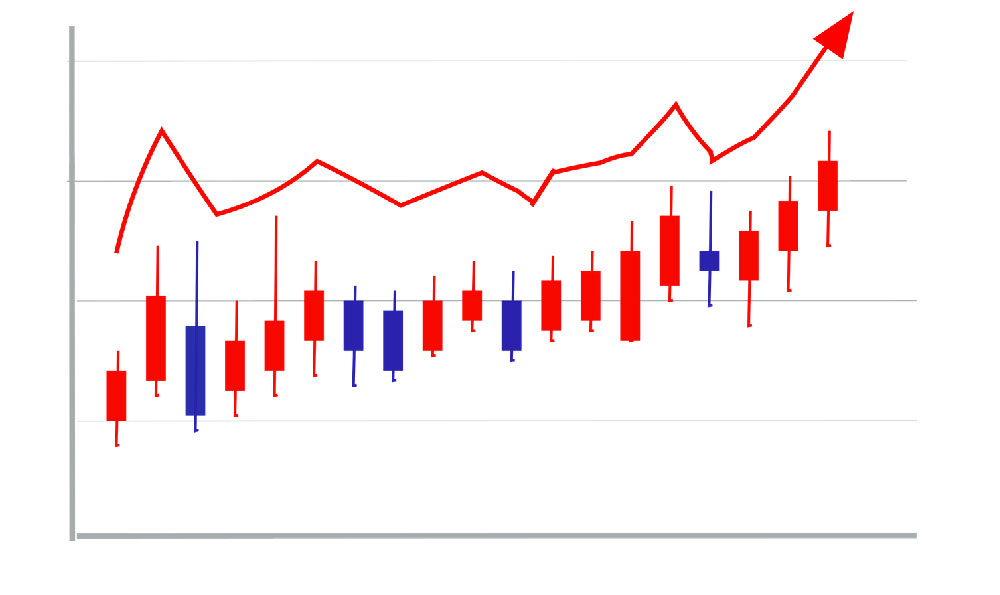
Monetizing your Instagram account is a goal many users aspire to, but the path to turning followers into income isn't always clear-cut. The often-asked question of "How many followers do you need to monetize?" doesn't have a single, simple answer. It's less about a magic number and more about a constellation of factors, including your niche, engagement rate, content quality, and chosen monetization strategy. While some argue you need tens of thousands, even hundreds of thousands, of followers, the reality is that smaller, highly engaged audiences can often be more profitable than larger, less active ones.
Micro-influencers, for example, with follower counts ranging from 1,000 to 10,000, often boast impressive engagement rates. Their followers feel a stronger sense of connection and trust, making them more receptive to recommendations and promotions. This higher engagement can translate into a higher conversion rate for brands partnering with them, making micro-influencers a valuable asset in the marketing landscape. The key is authenticity and building genuine relationships with your followers. If your followers trust you and value your opinion, they're more likely to purchase products or services you recommend, regardless of your follower count.
Focusing solely on follower count is a mistake. A large number of followers can be misleading. Many accounts have purchased followers, inflating their numbers but offering little to no real engagement. These fake followers don't interact with your content, don't click on links, and certainly don't make purchases. A smaller account with a dedicated, active following will always outperform a larger account filled with bots and inactive users. Think of it as quality over quantity. A thousand loyal fans are worth far more than ten thousand passive observers.

So, if a specific follower number isn’t the sole determinant, what is important? Several factors contribute to your ability to monetize your Instagram presence.
Firstly, Niche Specialization plays a vital role. A focused niche, such as sustainable living, vegan cooking, or vintage fashion, attracts a specific audience with shared interests. This allows you to tailor your content and promotions to their needs, increasing the likelihood of conversions. The more precisely you define your target audience, the easier it becomes to create content they'll love and products they'll want to buy.
Secondly, Engagement Rate is crucial. This refers to the percentage of your followers who actively interact with your posts through likes, comments, shares, and saves. A high engagement rate signals to brands that your audience is genuinely interested in your content and that you have influence over their purchasing decisions. Strive to foster genuine interactions by asking questions, responding to comments, and creating content that sparks conversation.
Thirdly, Content Quality and Consistency are paramount. Posting high-quality photos and videos that are visually appealing and informative is essential for attracting and retaining followers. Consistency is equally important. Establish a regular posting schedule to keep your audience engaged and ensure they don't forget about you. Think about what value you are providing your audience. Are you entertaining them? Are you educating them? Are you inspiring them? Providing value consistently is key to building a loyal following.
Fourthly, Monetization Strategy is a significant factor. There are several ways to monetize your Instagram account, and the right strategy for you will depend on your niche, audience, and personal preferences. Some common monetization strategies include:
- Sponsored Posts: Partnering with brands to create and share content promoting their products or services. This is often the first monetization method most influencers explore.
- Affiliate Marketing: Earning a commission for every sale generated through your unique affiliate links. This works best when you are genuinely recommending products that you use and believe in.
- Selling Your Own Products: Creating and selling your own physical or digital products, such as ebooks, courses, merchandise, or presets. This allows for greater control over your brand and pricing.
- Selling Services: Offering services such as coaching, consulting, photography, or social media management.
- Instagram Shopping: Setting up a shop directly on your Instagram profile to sell products directly to your followers.
Finally, Building a Brand is crucial. Your Instagram account should be more than just a collection of posts; it should be a cohesive brand that reflects your personality and values. Develop a unique visual style, tone of voice, and messaging that resonates with your target audience. A strong brand builds trust and loyalty, making your followers more likely to support your endeavors.
To illustrate this, consider two hypothetical Instagram accounts. Account A has 100,000 followers but an average engagement rate of 0.5%. Account B has 5,000 followers but an engagement rate of 5%. Account B, despite having far fewer followers, likely has a more active and engaged audience. Brands would likely pay more for a sponsored post on Account B because the smaller audience is more likely to see and interact with the content, leading to a higher return on investment.
In conclusion, the path to monetizing your Instagram account is not about reaching a specific follower count. It's about cultivating a loyal and engaged audience, creating high-quality content, specializing in a niche, and implementing a strategic monetization plan. Focus on building genuine connections, providing value to your followers, and establishing a strong brand, and you'll be well on your way to turning your Instagram presence into a profitable venture. Remember, consistency and authenticity are key. The numbers will follow.




